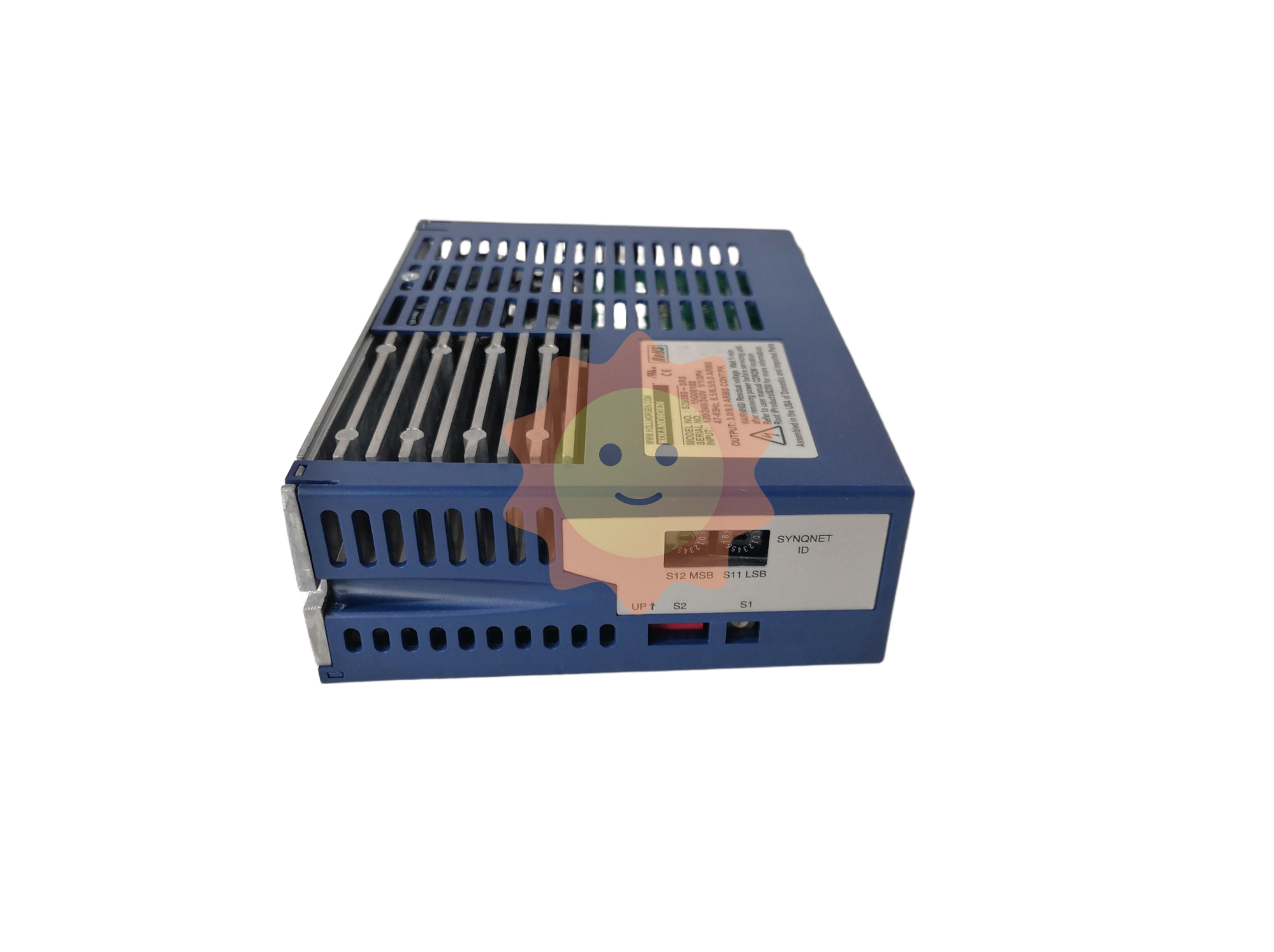Chemical industry research framework analysis
1. Chemical industry category: Basic Chemical & Petrochemical
The chemical industry is divided into basic chemicals and petrochemicals. At present, the combined market value of petrochemicals and basic chemicals accounts for 10% of the A-stock market value, second only to the market value of banks. Among them, basic chemicals and petrochemicals each account for 5% of the A-stock market value, which is close to real estate. Basic chemical industry is divided into 4 level 2 industries and 26 level 3 sub-industries. The whole plate effect is relatively poor, each sub-industry is relatively small, each has its own characteristics, these characteristics are susceptible to the structural factors in the development of the macro economy, so the boom degree of these sub-industries may appear to deviate from the macro economy.
2, chemical industry chain: raw materials → intermediates → consumer goods
The situation is analyzed from the chemical industry chain. The direction of basic chemical engineering can be analyzed from the syllogism: upstream raw materials, intermediate products and downstream situations. Upstream raw materials are simply crude oil, coal and various chemical minerals (lithium, potassium and phosphate). Downstream, can be summed up in four words. All chemical sub-industries can implement these four words. Clothing: textile industry, chemical products related to the textile industry, as well as fibers and polyester used in the textile industry. Food: chemical food processing industry, agrochemical plate, nitrogen, phosphorus and potassium, compound fertilizer, pesticides, food additives and medicine. Residence: Real estate, real estate related such as home appliances, etc. Line: automobile, high-speed rail, tire in the rubber sub-industry, etc.

3. Characteristics of chemical industry: periodicity + sensitivity + difference
Chemical industry features:
1. The midstream industry, with strong periodicity,
2. Its price is sensitive to changes in cost and demand, the upstream is subject to crude oil, coal and chemical ore, and the downstream is related to food, clothing, housing and transportation. It is subject to both ends, and changes at one end will have a greater impact on it. So it's sensitive to changes in cost and demand.
3. The product price fluctuates greatly. Therefore, when analyzing the fake, eliminate the interference, and analyze what factors make the price change and how much the impact is.
4. There are many sub-industries, and the investment opportunities in each sub-industry will appear rotation and complex investment opportunities.
5. The characteristics of each sub-industry are different, and different analysis methods are adopted when analyzing each sub-industry. Profitability determines whether an industry or company is worth investing in.
6. The stock price of chemical stocks fluctuates greatly, and there will be two traps in the process of stock price fluctuation. The first pitfall: stock prices follow product prices. In fact, stock price movements and product price movements are not perfectly correlated. Many people will ask whether there are investment opportunities in the chemical industry as coal prices rise. The price fluctuation of chemical products is largely affected by the cost of products, so the change of the price trend of chemical products is not the judgment point of investment decision. Whether there are investment opportunities should be judged according to the price spread (price spread = sales price - (raw material cost + labor/depreciation/power, etc.)), which reflects the profitability of the product. The second pitfall: widening price differentials for chemicals. When the price spread of chemical products increases, it is necessary to analyze whether the short-term cost and price do not match, whether the short-term price difference is caused by a change in the supply side or the demand side of the product. If it is the first reason, the stock price may form a roller coaster, if it is the second reason, it can be judged that the spread may continue to expand, there will be good investment opportunities.

4. Core analysis of industrial chain competition: Porter's Five forces model analysis
It can be analyzed from the following aspects: 1. Bargaining power of suppliers (upstream). 2. The prosperity degree of downstream buyers (agriculture, real estate, etc.). 3. Potential new entrants. It can be analyzed from the industry pattern to analyze whether the industry has high technical barriers, resource barriers, scale barriers, etc., to judge the possibility of new competitors. For example, if there are enterprises in coal enterprises to transform into urea, then the impact on the urea industry is great, because these coal enterprises have great cost advantages. Therefore, it is necessary to analyze the advantages and disadvantages of new entrants, and analyze whether there are alternatives. For example, tire production can be made from natural rubber or synthetic rubber.
5. Analysis method discussion: industry analysis VS company analysis
Through Porter's Five Forces analysis, the main conclusion we draw is price and spread, because these two key factors determine the profitability of the entire chemical industry or sub-industries within it. To get these two key data points, you need to find some historical data, including past capacity, production, imports, exports and apparent consumer demand. Extract the relevant historical data, predict the future demand of the entire market, including whether the factory is under construction and expansion, so as to judge the price trend of the product. Then compare with the price of upstream raw materials to judge the trend of the price difference, so as to judge the profitability of the entire industry.
Question and answer session
Q1: There are many sub-fields in the chemical industry. From the buyer's point of view, how to grasp the whole?
The chemical industry stocks are divided into growth stocks and cyclical stocks. Growth stocks spend enough time doing desk work to determine whether there is growth. Cyclical stocks can be divided into value investments and speculative stocks. Speculative stocks require quick response because investment opportunities are short and require high responsiveness and trading levels. Therefore, whenever you encounter an investment opportunity, it is necessary to judge what kind of stock, to fully study the growth stock, there are enough reasons to demonstrate that it is a growth stock, cyclical stocks to see whether he is a long-term investment or a short-term trend. If it's a long-term trend opportunity, find enough evidence to justify it. Be cautious about ephemeral trends.

Q2: What are the biggest logics in the chemical industry? Such as raw material price changes, capacity expansion, contraction, etc.?
The biggest investment logic of any industry is its profitability, whether it is a high-valued growth stock or a low-valued cyclical stock. The high valuation of the growth stock includes everyone's expectation that his future performance can have a rapid growth. Cyclical stocks will relate to those just asked above, and then judge the improvement of the earnings situation.
Q3: From the perspective of supply and demand, what are the general forecasting methods for the downstream demand side of the supply side of chemicals? Especially considering the many downstream destinations of many chemicals, how to predict?
First of all, the chemical industry is different from some sub-industries with a high frequency of product renewal, such as electronics, computers, etc., which require researchers to be forward-looking enough, because once the product is replaced, it is likely to disrupt the existing product. But the chemical industry doesn't update as quickly as the computer or electronics industry. Therefore, chemical research is to do a good job of tracking, tracking is greater than forecast. For example, growth stocks, which industry does he follow to develop? For example, cyclical stocks, you need to track upstream and downstream price changes in a timely manner.
But there are some predictions to look at. If you predict, you can predict the downstream demand side. Then according to the downstream needs to determine which potential flashpoints may exist in the future, so that everyone can layout in advance. Through field research of this industry or enterprise, we can predict which enterprises may expand their production. Once the capacity is expanded, it may lead to more intense competition in the entire industry in the future. Therefore, we can judge whether the industry is worth our time to study by predicting the industry's production capacity.
Q4: How to find the risk points of chemical industry enterprises?

The risk point of high-growth stocks is more about whether the expected results can be delivered. The risk point of cyclical stocks is more about how the future development trend of the industry is changing. Whether it is a growth stock or a cyclical stock, a common risk that the chemical industry will face is that its products are high-risk products, and accidents such as explosions may occur. In addition, the risk points of chemical enterprises are not particularly different from those of other industries.
Q5: There are many sub-industries and listed companies in the chemical industry. Is there a classified research method and research focus in different periods?
The sub-industries are divided, and although each sub-industry is very different, there are some common characteristics in the same sub-industry. The research emphases of different periods are related to investment sentiment. If the market sentiment is good, people will favor some high-growth, high-valuation stocks; If the market is depressed, people will look for some defensive stocks, at this time we can focus on digging some relatively low valuations of the white horse. However, the cyclical trend opportunity of a cyclical industry does not depend on whether the market sentiment changes or not to determine whether it has a relatively large investment opportunity. For example, the fuel of 2012 and 2013, when the market sentiment was not very good, but it has a big trend to come, still become a bull stock when the market sentiment is bad. Study different types of stocks at different times to cope with changes in investment style and to do different layouts.
- EMERSON
- Honeywell
- CTI
- Rolls-Royce
- General Electric
- Woodward
- Yaskawa
- xYCOM
- Motorola
- Siemens
- Rockwell
- ABB
- B&R
- HIMA
- Construction site
- electricity
- Automobile market
- PLC
- DCS
- Motor drivers
- VSD
- Implications
- cement
- CO2
- CEM
- methane
- Artificial intelligence
- Titanic
- Solar energy
- Hydrogen fuel cell
- Hydrogen and fuel cells
- Hydrogen and oxygen fuel cells
- tyre
- Chemical fiber
- dynamo
- corpuscle
- Pulp and paper
- printing
- fossil
- FANUC
- Food and beverage
- Life science
- Sewage treatment
- Personal care
- electricity
- boats
- infrastructure
- Automobile industry
- metallurgy
- Nuclear power generation
- Geothermal power generation
- Water and wastewater
- Infrastructure construction
- Mine hazard
- steel
- papermaking
- Natural gas industry
- Infrastructure construction
- Power and energy
- Rubber and plastic
- Renewable energy
- pharmacy
- mining
- Plastic industry
- Schneider
- Kongsberg
- NI
- Wind energy
- International petroleum
- International new energy network
- gas
- WATLOW
- ProSoft
- SEW
- wind
- ADVANCED
- Reliance
- YOKOGAWA
- TRICONEX
- FOXBORO
- METSO
- MAN
- Advantest
- ADVANCED
- ALSTOM
- Control Wave
- AB
- AMAT
- STUDER
- KONGSBERG
- MOTOROLA
- DANAHER MOTION
- Bently
- Galil
- EATON
- MOLEX
- Triconex
- DEIF
- B&W
- ZYGO
- Aerotech
- DANFOSS
- KOLLMORGEN
- Beijer
- Endress+Hauser
- MOOG


Email:wang@kongjiangauto.com
























































































